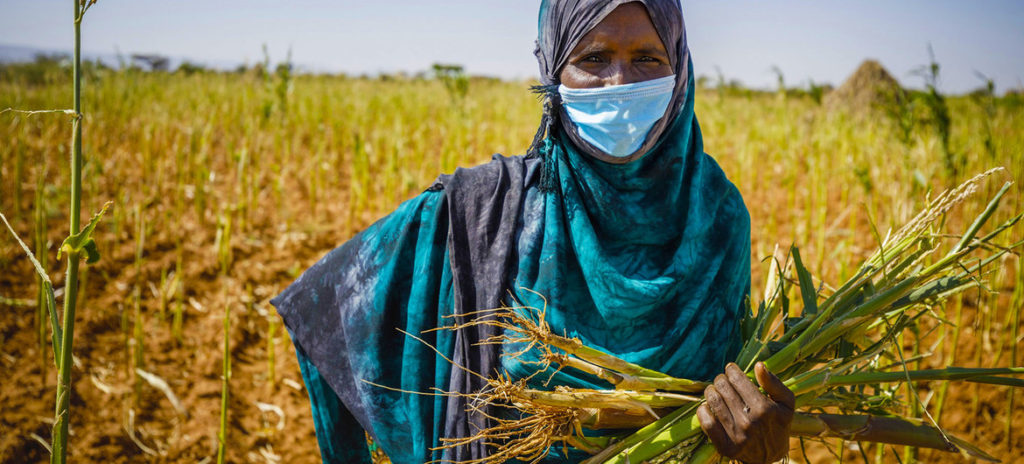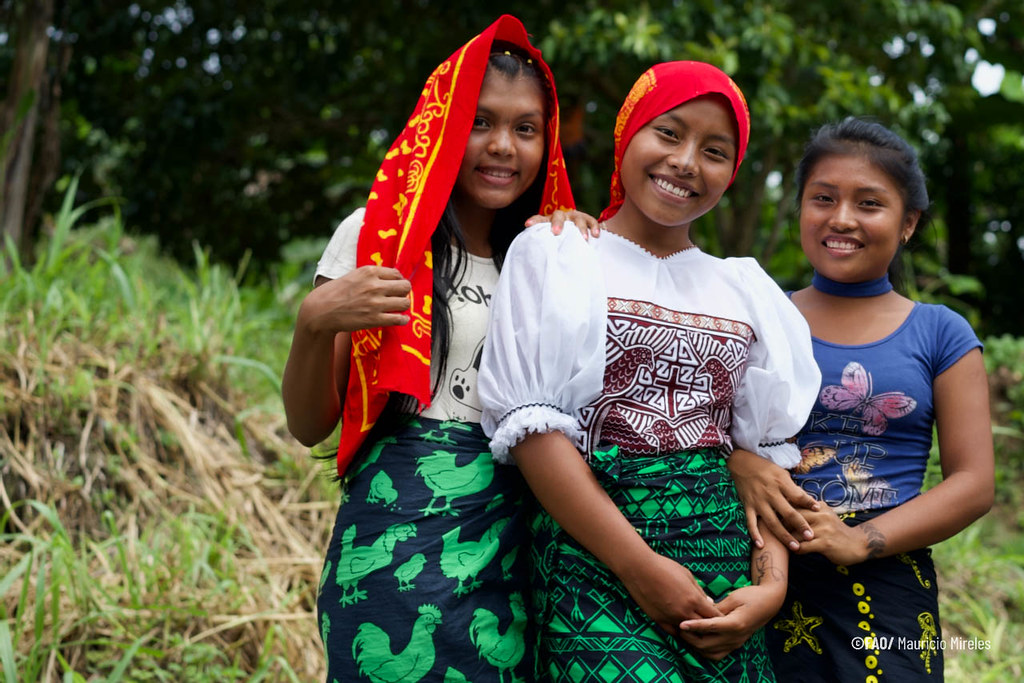US shows leadership in action on climate change; world leaders join virtual meeting to pledge new goals
Washington/New York, April 22 – US President Joe Biden convened a high-profile virtual meeting attended by some 40 world leaders to take action on climate change and he pledged the US would cut greenhouse gas emissions in half from 2005 levels by 2030.
China, Russia, India and other heads of state and government also made new or repeated previous pledges in a joint effort to keep planet temperatures from rising above 1.5 degree Celsius under the 2015 Paris Agreement on climate change. Carbon emissions, which mainly come from burning fossil fuels and coal, contribute to climate change.
“Those that do take action and make bold investments in their people in a clean energy future will win the good jobs of tomorrow and make their economies more resilient and more competitive. So let’s run that race,” Biden said in opening a two-day climate summit in Washington. He said the US has “resolved to take action” on climate change and urged world leaders to intensify their national plans to reduce greenhouse gas emissions.
“This is a moral imperative, an economic imperative. A moment of peril but also a moment of extraordinary possibilities,” he said.
“The signs are unmistakable, the science is undeniable and the cost of inaction keeps mounting,” Biden said about the damaging impacts of climate change. Biden’s pledge to cut 50 percent to 52 percent of carbon emissions would require a steep decline of fossil fuel use in every sector of the US economy. His plan would work depending on how much cooperation of the Republicans would give him.
Just before Biden’s climate summit in Washington, The World Meteorological Organization said it its State of Global Climate 2020 that the year was the worst so far with dozens of tropical storms, severe drought, wildfires and the melting of Artic ice.
UN Secretary-General Antonio Guterres said after reading the report that 2021 should be the year of action. He said the report “be read by all leaders and decision-makers in the world. 2020 was an unprecedented year for people and the planet. It was dominated by the Covid-19 pandemic.”
He said data in the report showed an alarming rise of temperatures of 1.2 degrees Celsius that are hotter than pre-industrial times and getting close to the 1.5 degrees Celsius limit set by the scientific community.
The climate disasters reported by WMO included temperatures at Verkhoyansk in Russia that reached 38 degrees Celsius in June 2020, which was the highest recorded temperature anywhere north of the Arctic Circle; major greenhouse gases that continued to climb and carbon dioxide concentrations that rose extremely high — 410.5 parts per million, which is a 148 per cent increase above pre-industrial levels.
The report said the number of tropical cyclones globally was above average in 2020 with 98 named tropical storms and in Brazil the drought caused serious wildfires in the Pantanal wetlands.
In the Arctic, it said the annual minimum sea-ice extent in September 2020 was the second lowest on record and in the Greenland ice sheet lost 152 billion metric tons of ice from September 2019 to August 2020.
Chinese Premier Xi Jinping, whose country is the world’s largest greenhouse gas emitter, told the summit that his country has taken speedy measures to reduce emissions in order to reach carbon neutrality sooner than the 2060 target it has set.
“China has committed to move from carbon peak to carbon neutrality in a much shorter time span than what might take many developed countries, and that required extraordinarily hard efforts from China,” Xi said.
Xi said China is phasing out coal after 2025 so the country will be able to reach the goal of carbon neutrality by 2030.
Prime Minister Narendra Modi of India said his country’s emissions are far smaller than other major emitters and made no new commitment. “We in India are doing our part,” Modi said. “Despite our development challenges we have taken many bold steps.”
Prime Minister Justin Trudeau of Canada pledged to reduce emissions levels 40 percent to 45 percent from 2005 levels by 2030
The pledges to reduce emissions are known as “nationally determine contributions” (NDCs), which countries are submitting to enforce the Paris Agreement on climate change.
Read more news on Climate here
United Nations correspondent journalists – United Nations correspondent journalists – United Nations correspondent journalists
United Nations journalism articles – United Nations journalism articles – United Nations journalism articles











